



ORGANS OF PARIS © 2024 Vincent Hildebrandt HOME ALL ORGANS
Chapelle de l'hôpital
de la Salpêtrière
(Eglise Saint-Louis de la Salpêtrière)
47, boulevard de l'hôpital, 75013 ParisOrgue de tribune OdC >

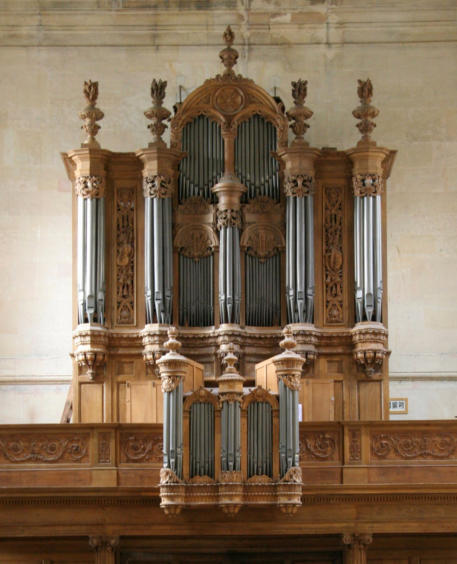
The hospital ''Hôpital de la Pitié-Salpêtrière was
founded on the site of a gunpowder factory by Louis
XIV. Its chapel Saint Louis was built around 1675 and
designed by Libéral Bruand, architect of Les
Invalides. It was built on the model of a Greek cross
and features an octagonal dome in the centre and
four central chapels each capable of holding a
congregation of some 1,000 people.
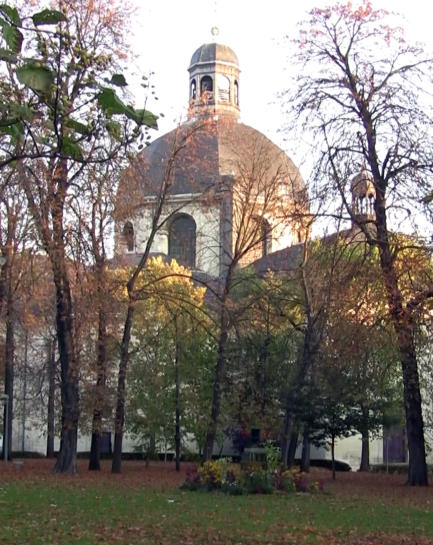

Organistes titulaires
Agnès Retailleau-Matry, Didier Matry, Michèle GuyardConcerts
RegularlyMasses with organ (in the Chapelle St Vincent)
Saturday 3 PM; Sunday 9:30 AM Video Agnès Retailleau-Matry Photo of the case: Jeroen de Haan Photo of the chapel and the console : Vincent Hildebrandt
The chapel of the hospital Salpêtrière is built
according to a Greek cross plan: four naves of equal
length and in the corners, four chapels with cut
sides.
The main altar was located at the intersection of the
arms of the cross, under the dome. This
arrangement allowed each group of patients of the
Salpêtrière to be isolated from the others during the
services. The octagonal choir opens onto the four
chapels through eight semicircular arcades.
The chapel was built from 1669 under the direction
of the liberal architect Bruand taking up a plan by
Louis Le Vau. One of the corner chapels Chapelle
Saint Vincent) is dedicated to worship, the other
spaces are used for exhibitions.
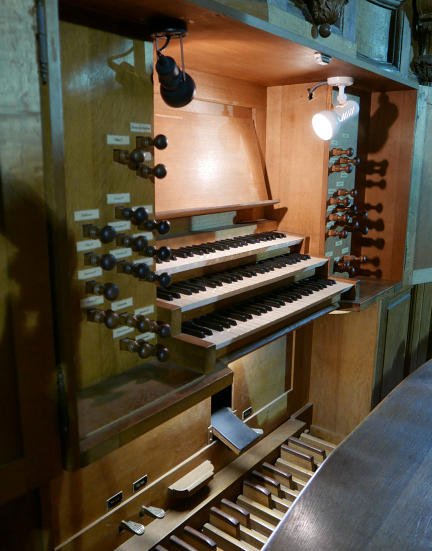
A3
The initial builder is unknown, but an inscription on an
old pipe indicates this organ was built by Briel, one of the
co-workers of Deslandes in 1709. The organ is probably
extended at the end of the 18th century. In 1861, a
comprehensive reconstruction was carried out by
Antoine Suret, adding a positive (which remained empty,
built only to hide the new console) and a récit expressif.
In 1977, Müller reconstructed and extended the organ in
a French classical style, adding pipes to the positive and
transforming récit expressif into a récit in French
baroque style.
9 out of the 31 stops date from before the revolution and
7 from Suret.
Brochure
1709 - Briel (1)
end 18e - ? (2)
1861 - Suret (3)
1979 - Müller (4)
III/31 - mechanical traction
composition
Organs of Paris
Chapelle de
l'hôpital de la
Salpêtrière
(Eglise Saint-Louis de la Salpêtrière)
47, boulevard de l'hôpital, 75013 ParisOrgue de tribune OdC >
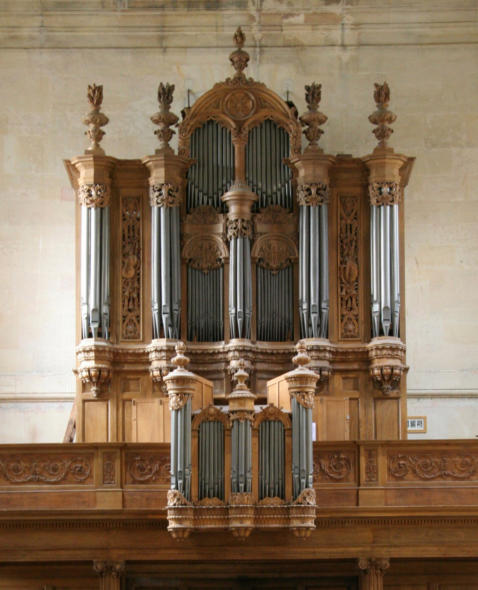
ORGANS OF PARIS © 2024 Vincent Hildebrandt ALL ORGANS
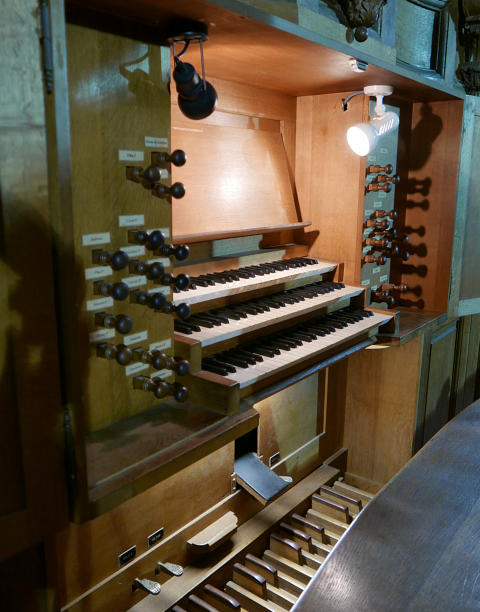
A3
The initial builder is unknown, but an inscription on an
old pipe indicates this organ was built by Briel, one of the
co-workers of Deslandes in 1709. The organ is probably
extended at the end of the 18th century. In 1861, a
comprehensive reconstruction was carried out by
Antoine Suret, adding a positive (which remained empty,
built only to hide the new console) and a récit expressif.
In 1977, Müller reconstructed and extended the organ in
a French classical style, adding pipes to the positive and
transforming récit expressif into a récit in French
baroque style.
9 out of the 31 stops date from before the revolution and
7 from Suret.
Brochure
1709 - Briel (1)
end 18e - ? (2)
1861 - Suret (3)
1979 - Müller (4)





















